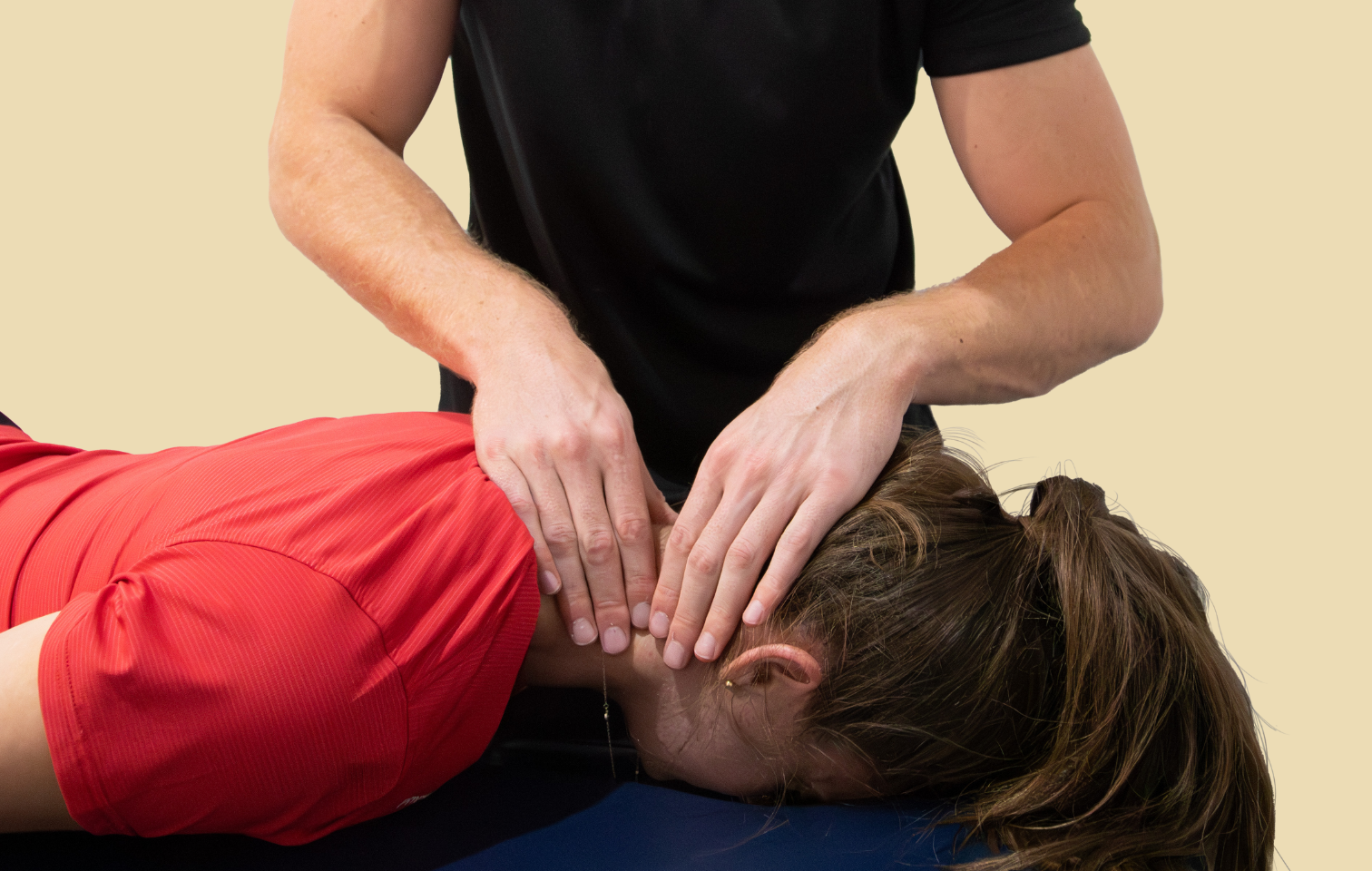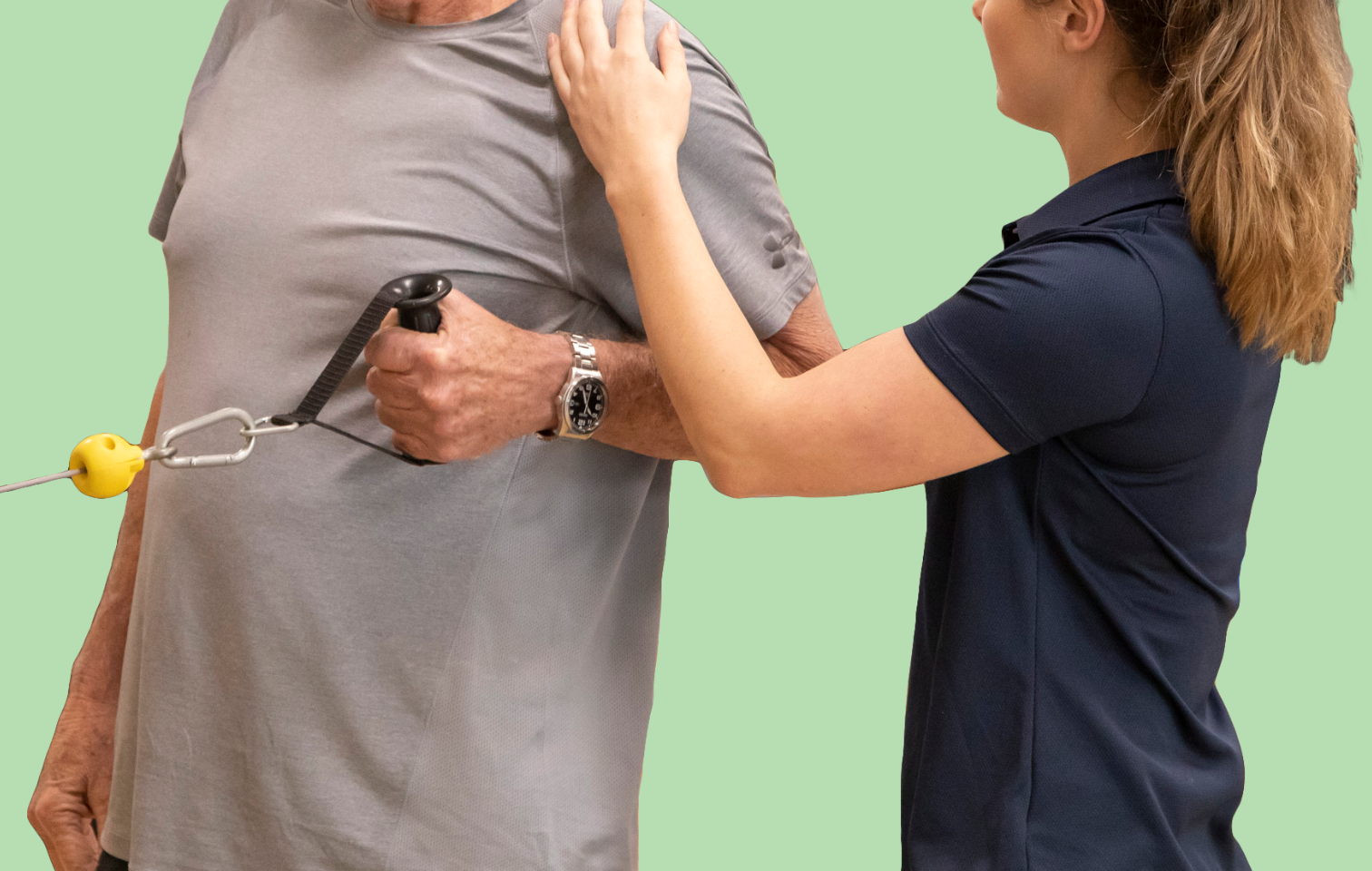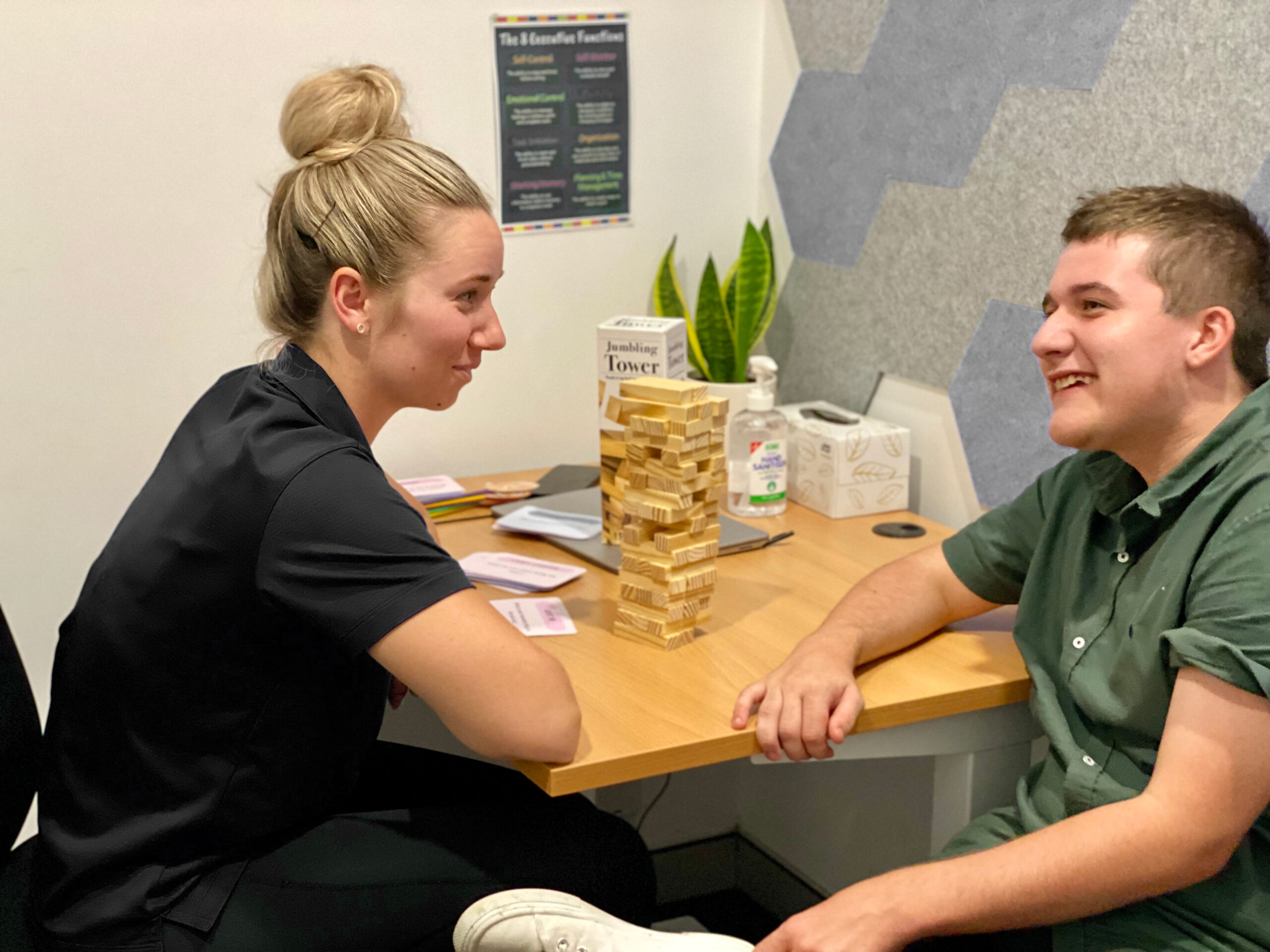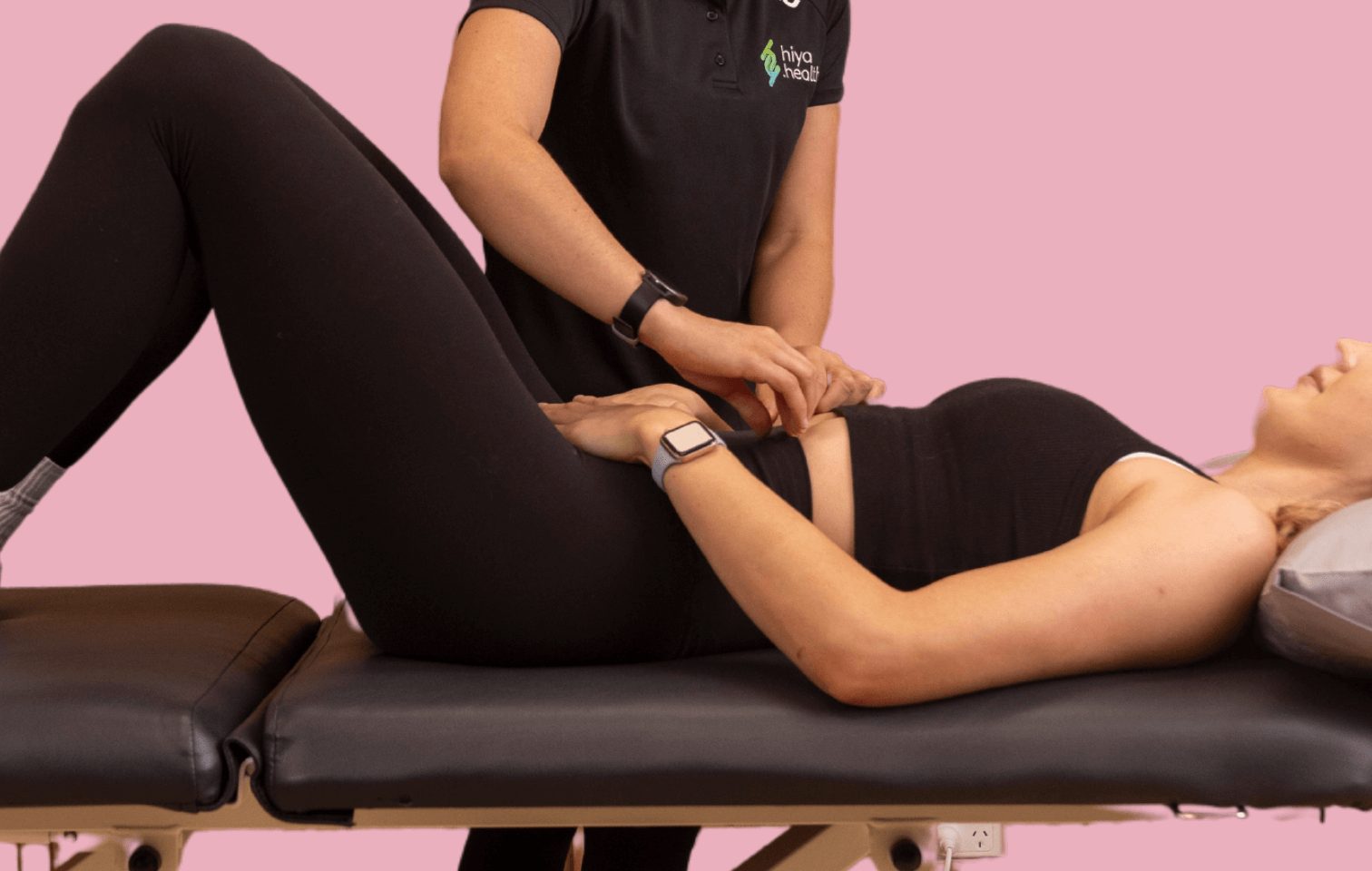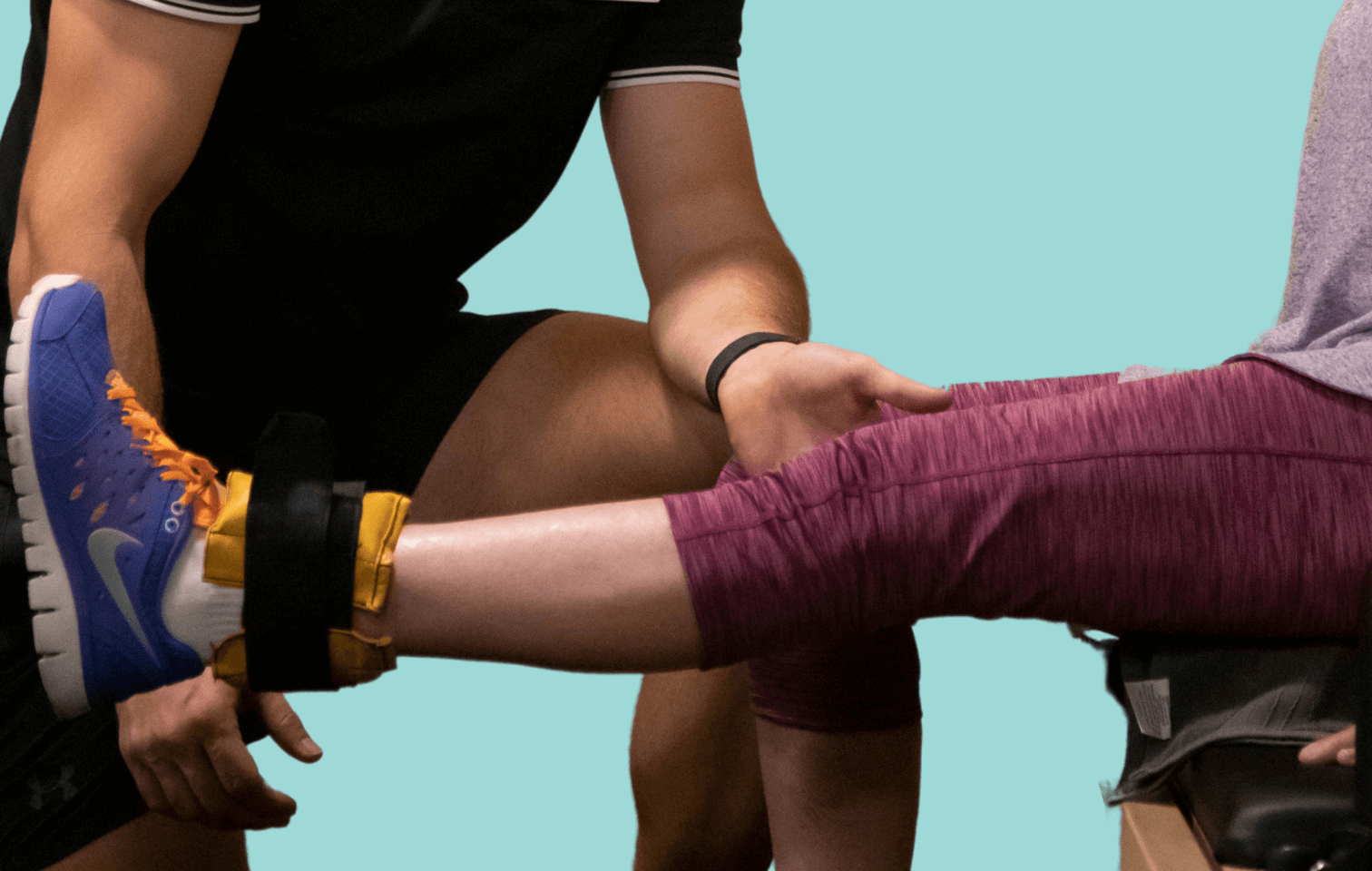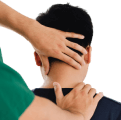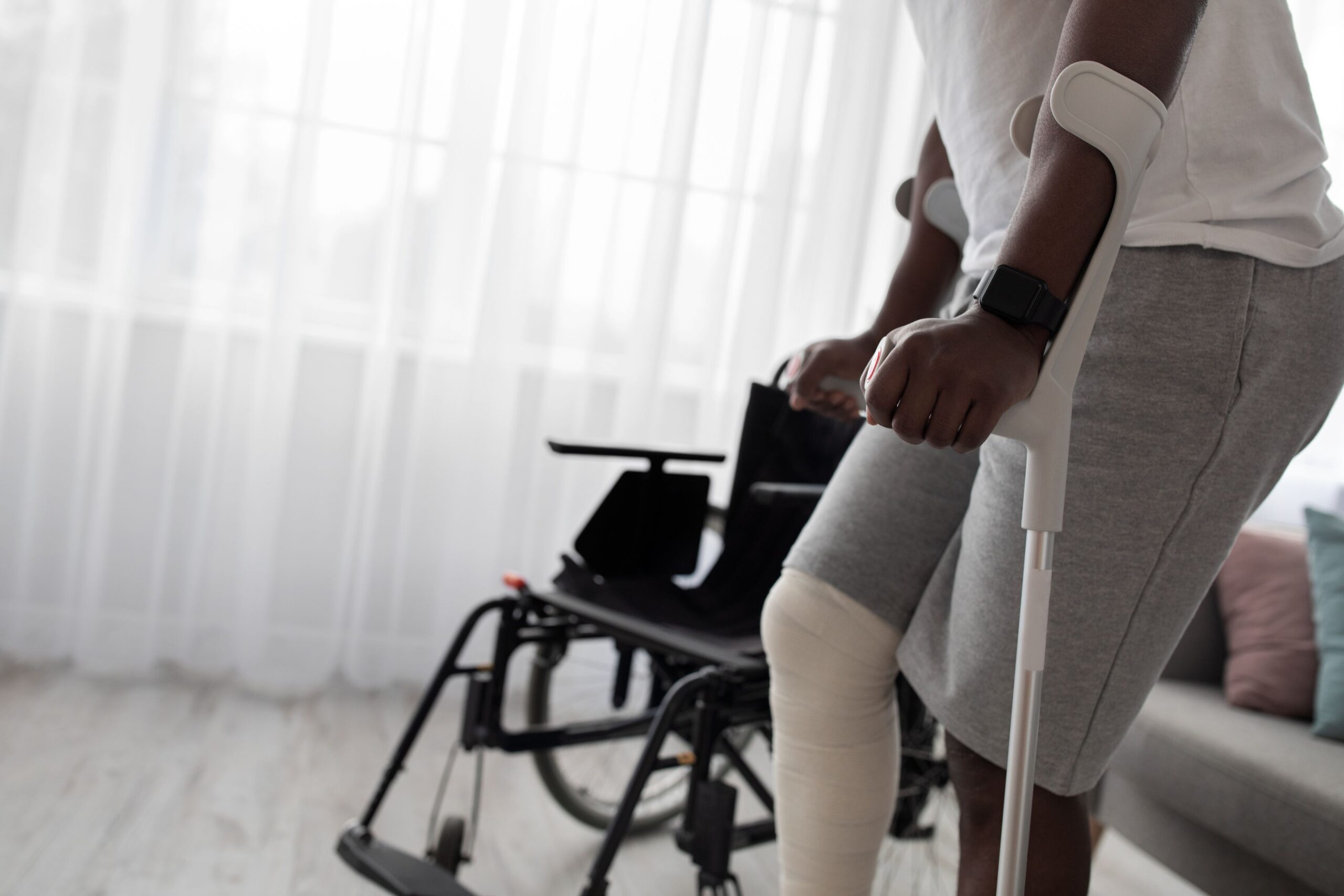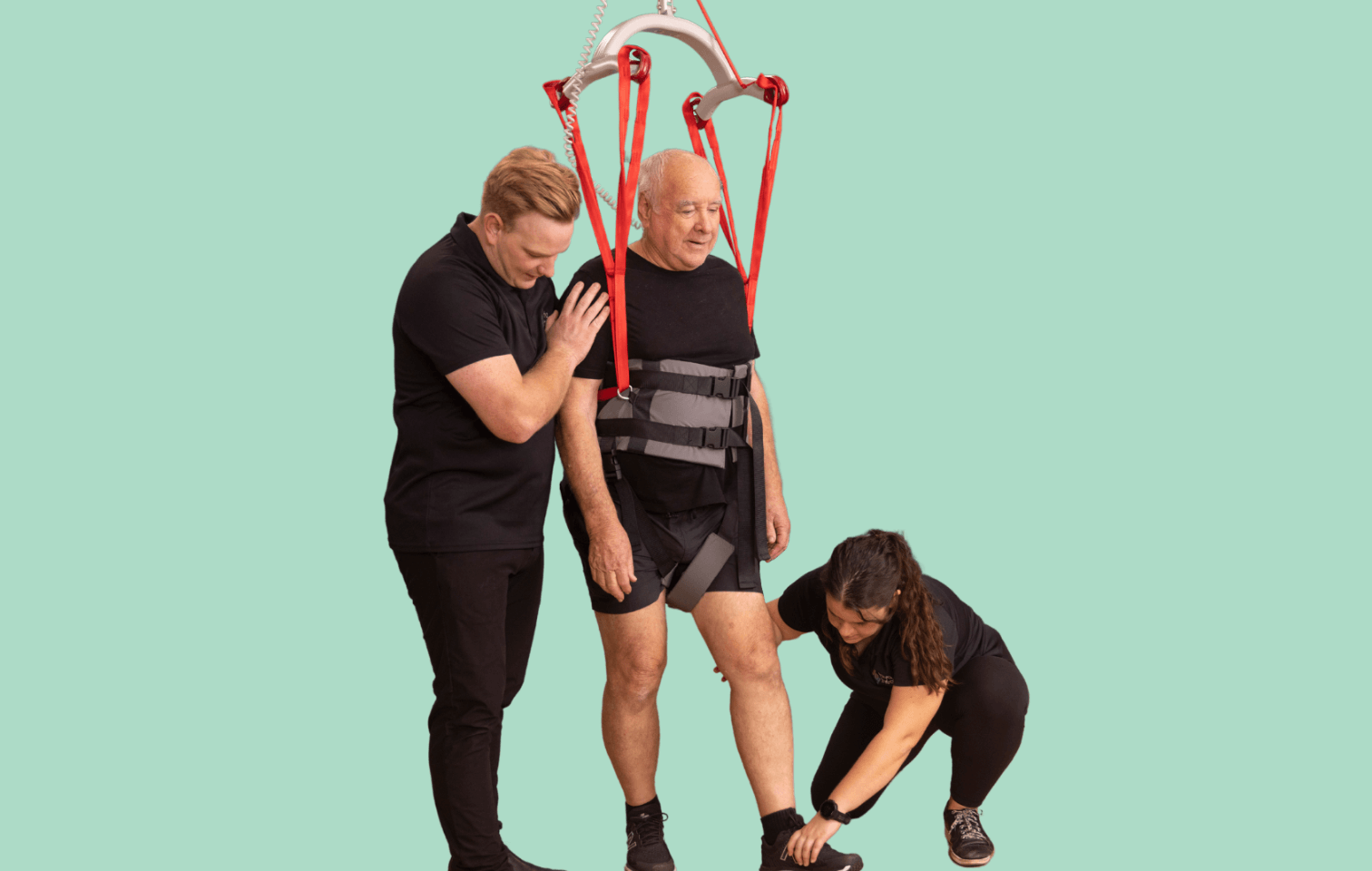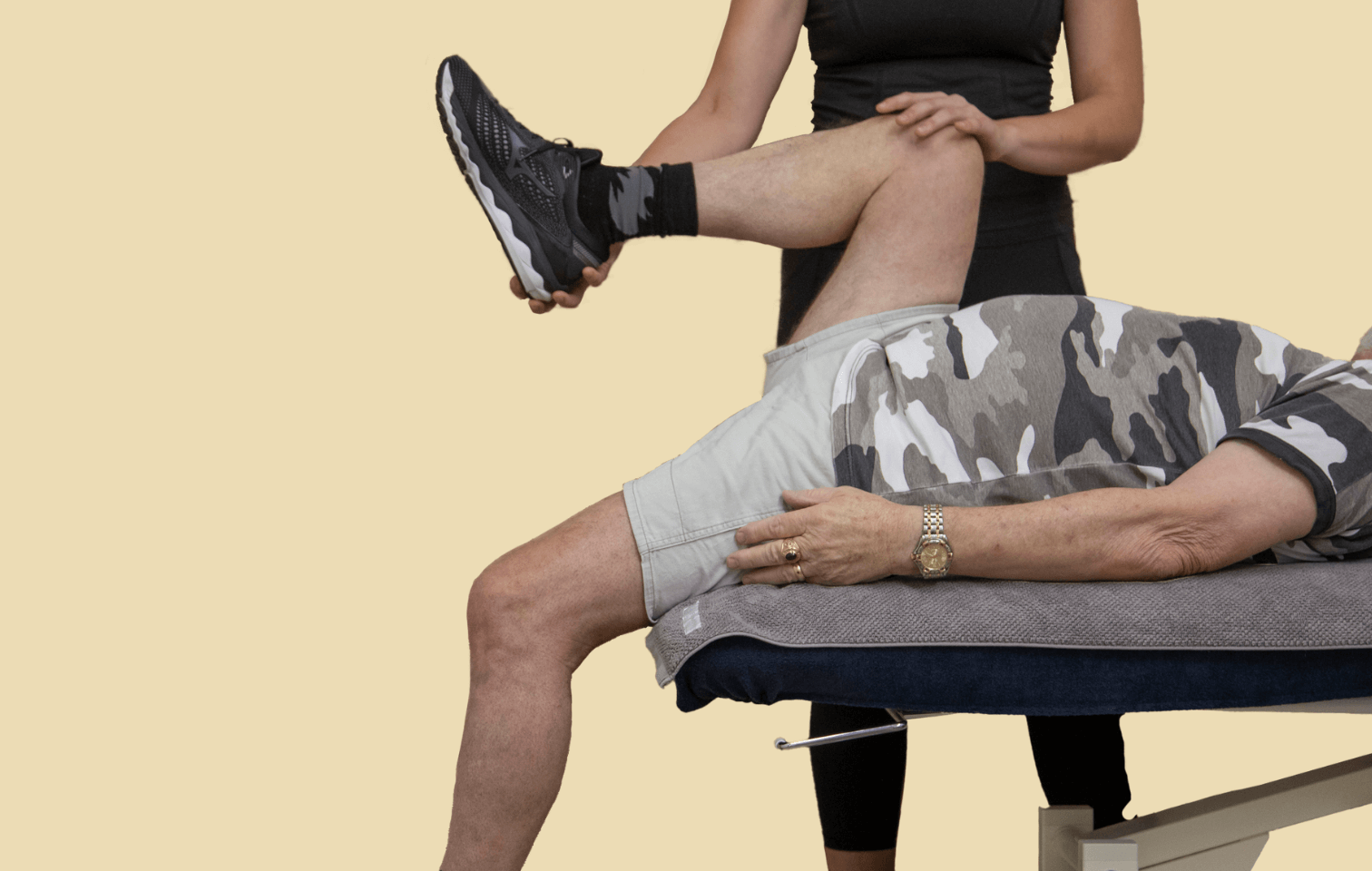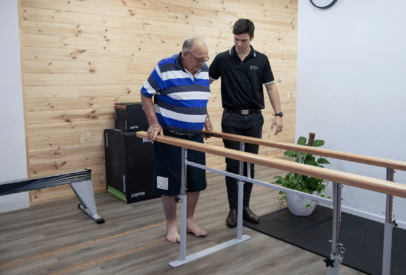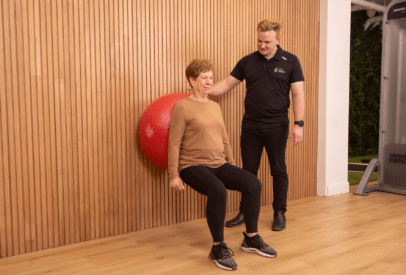Understanding Plantar Heel Pain: Causes, Symptoms, and Physiotherapy Treatments
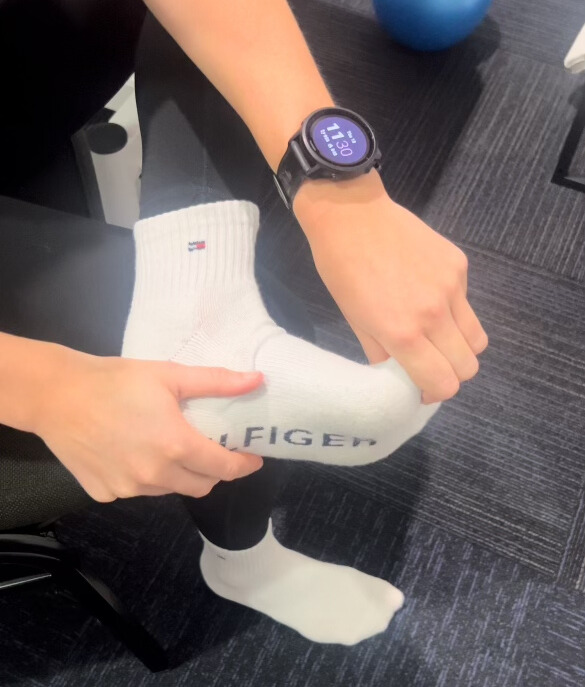
I trained 4 years to run 9 seconds and people give up when they don’t see results in 2 months” – Usain Bolt
Usain Bolt
What is Plantar Heel Pain?
Plantar heel pain, commonly known as plantar fasciitis, is a degenerative irritation of the plantar fascia at the medial tubercle of the calcaneus (bottom of the heel). The plantar fascia is a thick band of tissue that supports the arch of your foot. Plantar fascia provides a static and dynamic support of the longitudinal arch of the foot, being a shock absorber. When this fascia becomes irritated or inflamed, it can lead to significant heel pain.
What are the Causes of Plantar Heel Pain?
Several factors can contribute to the development of plantar heel pain:
- Age: Most commonly affects individuals between the ages of 40 and 60.
- Physical Activities: Exercises that place excessive stress on the heel and the attached tissue, such as running, dancing, and jumping.
- Foot Mechanics: Conditions like flat feet (pes planus), high arches, or abnormal gait patterns (e.g., heel striking).
- Increased Body Mass: Excess weight adds additional pressure on the plantar fascia.
- Occupational Demands: Jobs that require prolonged standing or walking, such as teaching or factory work.
- Other Factors: Further research is needed to understand the roles of vascular and metabolic disturbances, as well as potential genetic factors, in the onset and severity of plantar heel pain.
Signs and Symptoms
Common signs and symptoms of plantar heel pain include:
- Sharp or Stabbing Pain: Typically felt on the underside of the heel.
- Tightness or Tenderness: Along the arch of the foot.
- Pain Occurrences:
- First steps out of bed in the morning.
- After long periods of standing.
- After standing up from a sitting position.
- Following intense running or physical activity.
How is Plantar Heel Pain Diagnosed?
A physiotherapist can diagnose plantar heel pain through a combination of physical examination and medical history. During the examination, they will check for tenderness in the heel and assess the range of motion in your foot and ankle. In some cases, imaging tests like X-rays or MRI scans may be used to rule out other potential causes of heel pain, such as fractures or bone spurs.
Treatment Options for Plantar Heel Pain
There are several effective treatment options for plantar heel pain, ranging from conservative measures to advanced therapies:
Orthotics (Shoe Inserts / Foot Orthoses)
- Benefits: There is evidence that foot orthotics reduce pain and plantar pressures at the heel and may decrease strain.
- Duration of Relief: Orthotics may provide relief for 6-12 weeks but may not necessarily improve function.
Load Management
- Activity Modification: Reducing or modifying activities that aggravate the heel can help alleviate pain.
- Loading Reduction: One approach is to reduce the loading by half (e.g., 50% of steps per day).
Exercise Therapy
- Plantar Fascia and Intrinsic Foot Strengthening:
- Example Exercise: Calf raises (+/- towel under toes) 3×12 reps with a specific tempo (3 seconds up, 2-second hold, 3 seconds down).
- High-Load Strengthening: Increases collagen synthesis and facilitates a more normal tendon structure. Strengthening the plantar fascia enhances its capacity to respond to load.
- Surrounding Structure Strengthening: It is important to strengthen muscles such as the glutes, gastrocnemius, and soleus, and to incorporate balance and proprioceptive drills.
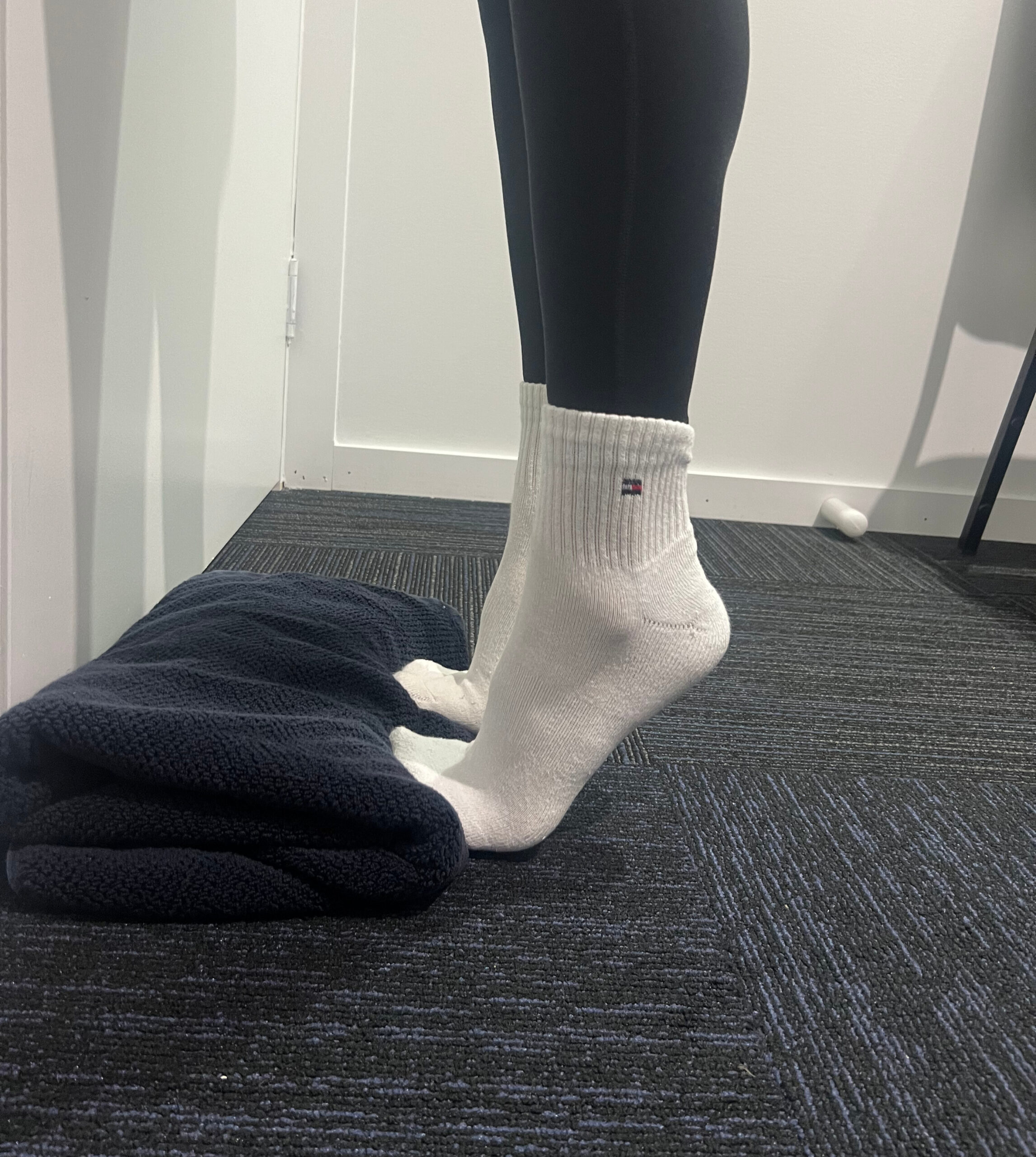
Stretching

Plantar Fascia Stretching: Can help alleviate pain.
Improving Range of Motion: Focus on ankle dorsiflexion and great toe extension.
Conservative Treatment Ideas
- Ice Therapy: Helps reduce inflammation and numb the area.
- Anti-inflammatory Medication: Nonsteroidal anti-inflammatory drugs (NSAIDs) can help reduce pain and inflammation.
- Taping technique: Low-dye tape job to help manage pain.
Advanced Treatments
- Corticosteroid Injections: Provide temporary relief by reducing inflammation.
- Extracorporeal Shock Wave Therapy (ESWT): Non-invasive procedure that uses shock waves to stimulate healing.
- Platelet-Rich Plasma (PRP) Therapy: Involves injecting a concentration of the patient’s own platelets to promote tissue repair and regeneration.
Physiotherapy
A physiotherapist can design a tailored treatment plan that includes specific exercises, manual therapy, and modalities such as ultrasound or electrical stimulation to promote healing and reduce pain. Techniques such as deep tissue massage or dry needling may also be used to alleviate muscle tension and improve blood flow.
Conclusion
Plantar heel pain can be a frustrating and debilitating condition, but with proper diagnosis and a comprehensive treatment plan, most people can find relief and return to their normal activities. If you’re experiencing heel pain, consult with a healthcare professional to develop a personalised treatment strategy. Remember, early intervention and consistent care are key to overcoming plantar heel pain and preventing its recurrence.
Get help from a physiotherapist today
If you are experiencing plantar heel pain, or have been diagnosed with plantar fasciitis, our experienced team of physiotherapists and exercise physiologists might be able to help – why not book an initial consultation today?
Author: Kendal Sands, Physiotherapist
References
- Digiovanni, B. F., Nawoczenski, D. A., Lintal, M. E., Moore, E. A., Murray, J. C., Wilding, G. E., & Baumhauer, J. F. (2003). Tissue-specific plantar fascia-stretching exercise enhances outcomes in patients with chronic heel pain: a prospective, randomized study. JBJS, 85(7), 1270-1277. doi: 10.2106/00004623-200307000-00013
- Kogler, G., Solomonidis, S., & Paul, J. (1996). Biomechanics of longitudinal arch support mechanisms in foot orthoses and their effect on plantar aponeurosis strain. Clinical Biomechanics, 11(5), 243–252. Doi: 10.1016/0268-0033(96)000019-8
- Martin, R. L., Davenport, T. E., Reischl, S. F., McPoil, T. G., Matheson, J. W., Wukich, D. K., McDonough, C. M., Altman, R. D., Beattie, P., Cornwall, M., Davis, I., DeWitt, J., Elliott, J., Irrgang, J. J., Kaplan, S., Paulseth, S., Torburn, L., Zachazewski, J., & Godges, J. J. (2014). Heel pain—plantar fasciitis: Revision 2014. J Orthop Sports Phys Ther, 44(11). doi: 10.2519/jospt.2014.0303
- Rathleff MS, Mølgaard CM, Fredberg U, et al. High-load strength training improves outcome in patients with plantar fasciitis: A randomized controlled trial with 12-month follow-up. Scand J Med Sci Spor 2014 doi:10.1111/sms.12313.
- Siriphorn, A., & Eksakulkla, S. (2020). Calf stretching and plantar fascia-specific stretching for plantar fasciitis: A systematic review and meta-analysis. Journal of Bodywork and Movement Therapies, 24(4), 222–232. doi: 10.1016/j.jbmt.2020.06.013
Subscribe to e-news
Receive the latest health tips and news straight to your inbox
